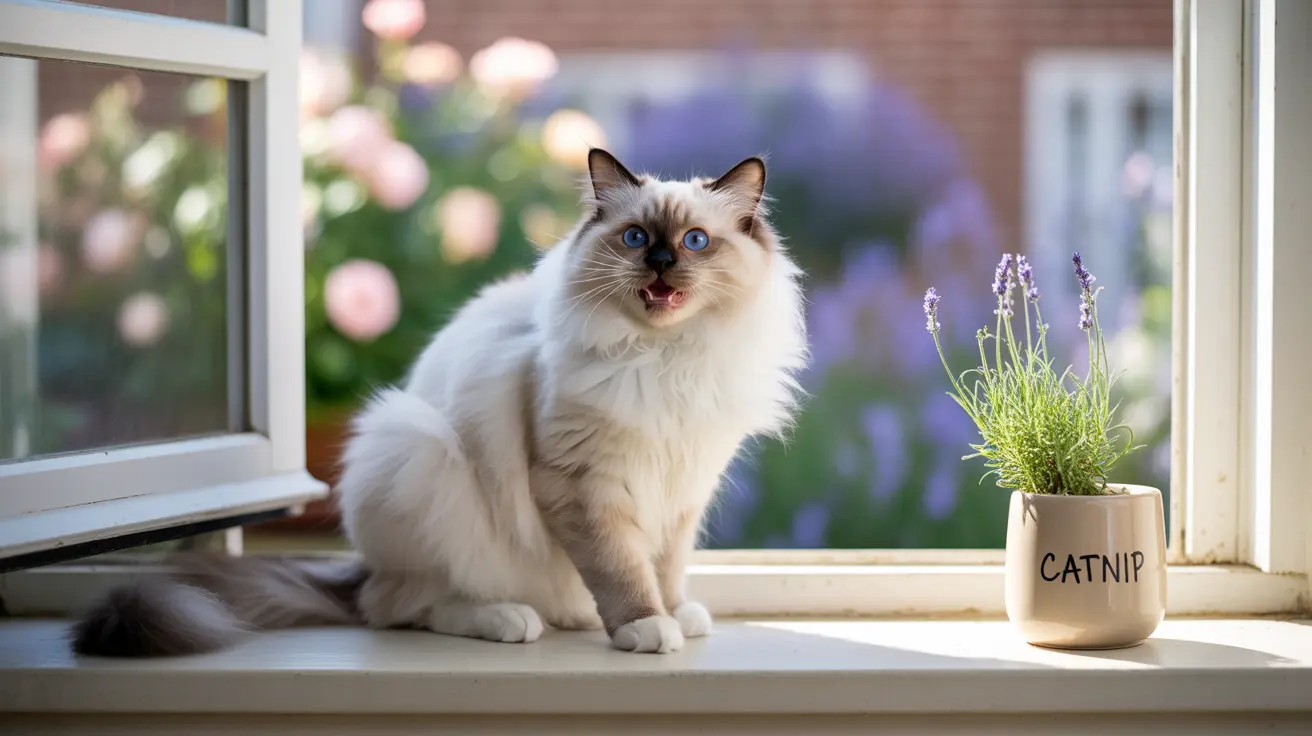Natural Communication Patterns of Tabby Cats
Tabby cats use various vocalizations as their primary method of communicating with humans and other animals. Their vocal repertoire includes meows, chirps, trills, purrs, and sometimes even yowls. Each sound serves a specific purpose in their communication arsenal.
Research suggests that domestic cats, including tabbies, have actually evolved to develop more sophisticated vocal patterns specifically for human interaction. This adaptation sets them apart from their feral counterparts, who typically vocalize less frequently.
Common Reasons for Tabby Cat Vocalizations
Seeking Attention and Interaction
Tabby cats often vocalize to initiate interaction with their human companions. This behavior can include requesting playtime, seeking affection, or simply wanting to engage in social bonding. Many tabbies will meow persistently until they receive the desired attention.
Expressing Basic Needs
Hunger, thirst, and access to outdoor spaces are common triggers for vocalization. Tabbies quickly learn that meowing is an effective way to communicate these basic needs to their owners, often developing specific sounds for different requests.
Health and Well-being Factors
Medical Considerations
Sometimes, increased vocalization can signal underlying health issues. Conditions such as hyperthyroidism, high blood pressure, or cognitive dysfunction in older cats may lead to excessive meowing. Any sudden change in vocal behavior should be evaluated by a veterinarian.
Emotional State Indicators
Tabbies use different vocalizations to express various emotional states:
- Contentment: Soft purring and gentle meows
- Anxiety: High-pitched or repetitive meowing
- Distress: Yowling or loud, persistent crying
- Excitement: Chirping or trilling sounds
Managing Vocal Behavior
While vocalization is natural for tabby cats, excessive meowing can sometimes become problematic. Establishing regular feeding schedules, providing environmental enrichment, and maintaining consistent daily routines can help reduce unnecessary vocal demands.
Interactive play sessions and dedicated attention time can also satisfy your tabby's social needs, potentially reducing attention-seeking vocalizations.
Frequently Asked Questions
Why are tabby cats so vocal compared to other cats?
Tabby cats aren't inherently more vocal than other cats - their chattiness is more related to individual personality, breeding, and environmental factors than their coat pattern. However, some tabby cats may be particularly social and outgoing, leading to more frequent vocalizations.
How can I tell if my tabby cat's meowing is due to attention-seeking or a medical problem?
Consider the context and timing of the meowing, along with any changes in behavior, appetite, or routine. Medical issues often involve sudden changes in vocalization patterns and may be accompanied by other symptoms. Attention-seeking meows typically occur during specific situations, like meal times or when you're engaged in other activities.
What do different vocal sounds like meowing, chirping, and yowling mean in tabby cats?
Different vocalizations serve various purposes: meowing is generally for human communication, chirping often indicates excitement or hunting instincts, and yowling may signal distress, territorial disputes, or mating behavior. The context and body language help determine the specific meaning.
How can I reduce excessive vocalization in my tabby cat caused by boredom or anxiety?
Provide environmental enrichment through toys, climbing spaces, and window perches. Establish regular play sessions, maintain consistent routines, and consider using calming aids like pheromone diffusers. Addressing the underlying cause of anxiety or boredom is key to reducing excessive vocalization.
Are tabby cats more likely to meow loudly during mating season, and does spaying/neutering help?
Unaltered cats, including tabbies, are more likely to vocalize loudly during mating season. Spaying or neutering typically reduces or eliminates mating-related vocalizations and behaviors. This is one of many benefits of having your cat fixed.
Understanding Your Vocal Tabby
Understanding why tabby cats are vocal is essential for maintaining a harmonious relationship with your feline companion. By recognizing their different vocalizations and responding appropriately to their needs, you can ensure your tabby remains happy, healthy, and appropriately communicative.
Remember that each cat is unique, and what's normal for one may be excessive for another. If you're ever concerned about your tabby's vocalization patterns, consulting with a veterinarian can help ensure their chattiness isn't masking any underlying health issues.






